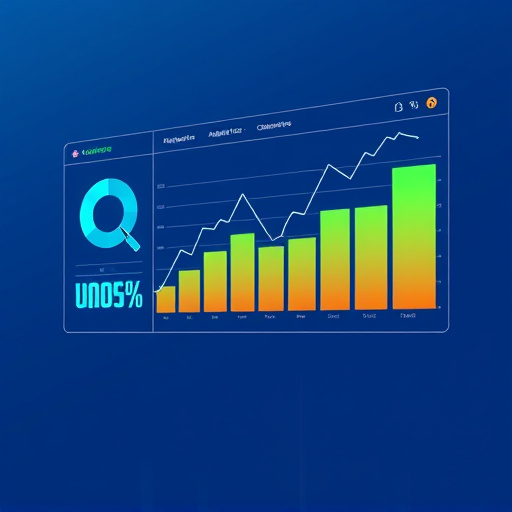In professional web design, User Experience (UX) is paramount. By prioritizing user behavior and preferences, designers create intuitive, accessible, and enjoyable digital spaces. Effective UX strategies drive conversions, enhance local search optimization, reduce bounce rates, and build stronger audience relationships. Metrics like conversion rates and user satisfaction scores guide informed decisions to optimize website performance, catering to target audiences' needs.
In today’s digital landscape, a well-crafted user experience (UX) is paramount for any successful professional web design. This article explores how UX acts as the cornerstone of effective web design, delving into its key roles and the metrics that define success. We’ll uncover the intricate relationship between UX and professional web design, providing insights on creating websites that not only look stunning but also deliver exceptional user experiences. By understanding these principles, businesses can elevate their online presence significantly.
- Understanding User Experience (UX) in Web Design
- Key Roles of UX in Professional Web Design
- Measuring Success: UX Metrics for Effective Designs
Understanding User Experience (UX) in Web Design

In the realm of professional web design, User Experience (UX) is not merely an afterthought but a cornerstone that significantly influences how users interact with and perceive websites. It’s about creating digital spaces that are intuitive, accessible, and enjoyable to navigate, ensuring visitors can effortlessly achieve their desired goals. UX design involves understanding user behavior, preferences, and needs, then applying this knowledge to craft interfaces that offer seamless experiences. This includes everything from site layout and content organization to interaction design and visual aesthetics.
For a professional web design approach, particularly in the competitive market of website design Hollywood FL, prioritizing UX is key to standing out. Local search optimization benefits greatly from robust UX strategies as they enhance user engagement, reduce bounce rates, and encourage users to explore more of a site’s offerings. By focusing on user satisfaction and needs, designers can create websites that not only drive conversions but also foster lasting relationships with audiences.
Key Roles of UX in Professional Web Design

In the realm of professional web design, User Experience (UX) plays a pivotal role in transforming websites into powerful tools for businesses. UX is not merely about aesthetics; it involves understanding user behavior and creating intuitive, seamless experiences that keep visitors engaged. Effective UX strategies ensure that a website’s structure, navigation, and content are optimized for the target audience, leading to improved user satisfaction and conversions. By focusing on usability, accessibility, and overall user well-being, designers can craft websites that not only look appealing but also function efficiently.
A well-designed professional web design should facilitate easy access to critical information, streamline processes like form submissions or purchases, and provide a consistent brand experience across all devices. Moreover, integrating SEO services near me and optimizing Google Business Profiles with local citation services becomes more effective when UX is at the core of the design process. This ensures that not only are potential customers reaching out, but they are also finding the business easily through search engines, enhancing overall online visibility and market reach.
Measuring Success: UX Metrics for Effective Designs

Measuring success in professional web design is an art that combines qualitative insights with quantitative data. UX metrics are essential tools to gauge how well a website accomplishes its goals and meets user expectations. By tracking key performance indicators (KPIs), designers and developers can understand user behavior, identify pain points, and make informed decisions to enhance the overall experience. These metrics go beyond simple page views or time spent on a site; they include conversion rates, bounce rates, and user satisfaction scores, providing valuable insights into what’s working and what needs improvement.
For instance, a website design agency in the Miami area offering SEO services might monitor click-through rates (CTRs) for different call-to-action buttons to optimize content placement and wording. They could also analyze user navigation patterns to ensure a logical site structure and improve link building services by identifying internal links that drive the most traffic to crucial pages. Ultimately, effective UX metrics allow professionals to refine their strategies, create more engaging websites, and deliver exceptional online experiences tailored to their target audience’s needs.
User Experience (UX) is the cornerstone of any successful professional web design. By understanding user needs, creating intuitive navigation, and measuring key metrics, designers can craft websites that not only look appealing but also drive engagement and conversions. UX plays a pivotal role in transforming visitors into satisfied users, ultimately ensuring the effectiveness of professional web design in today’s digital landscape.














